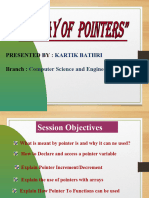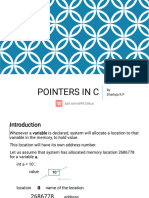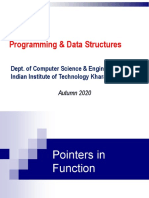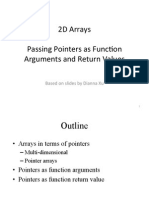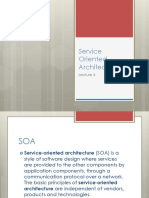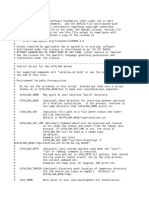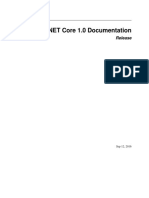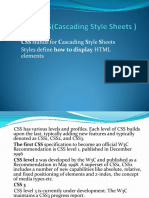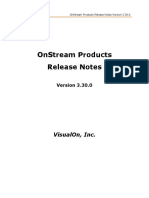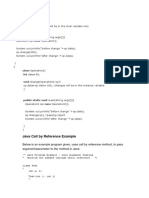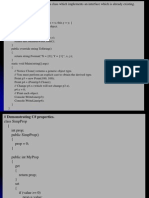0% found this document useful (0 votes)
20 views14 pagesLecture SP22 Pointers in C 3
This document is a lecture on pointers in C programming, covering topics such as the definition of pointers, memory organization, and their use in functions. It explains parameter passing methods, including pass by value and pass by reference, and highlights the advantages of using pointers, such as reduced memory overhead and dynamic memory allocation. Additionally, it discusses the integration of pointers with structures and the ability to return pointers from functions.
Uploaded by
Kishor DongareCopyright
© © All Rights Reserved
We take content rights seriously. If you suspect this is your content, claim it here.
Available Formats
Download as PDF, TXT or read online on Scribd
0% found this document useful (0 votes)
20 views14 pagesLecture SP22 Pointers in C 3
This document is a lecture on pointers in C programming, covering topics such as the definition of pointers, memory organization, and their use in functions. It explains parameter passing methods, including pass by value and pass by reference, and highlights the advantages of using pointers, such as reduced memory overhead and dynamic memory allocation. Additionally, it discusses the integration of pointers with structures and the ability to return pointers from functions.
Uploaded by
Kishor DongareCopyright
© © All Rights Reserved
We take content rights seriously. If you suspect this is your content, claim it here.
Available Formats
Download as PDF, TXT or read online on Scribd
/ 14

































